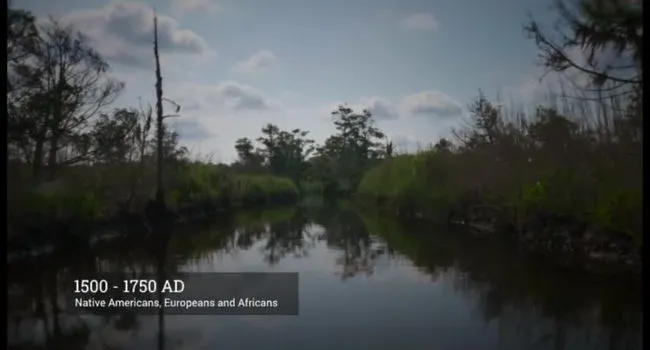
African American Contributions | Hanover House 3
Episode
3
Video
William Hiott and Patrick McMillan discuss the contributions made by African Americans. When Paul de St. Julien died in 1741, he owned forty-five slaves. Most of the profit which came from St. Julien...















